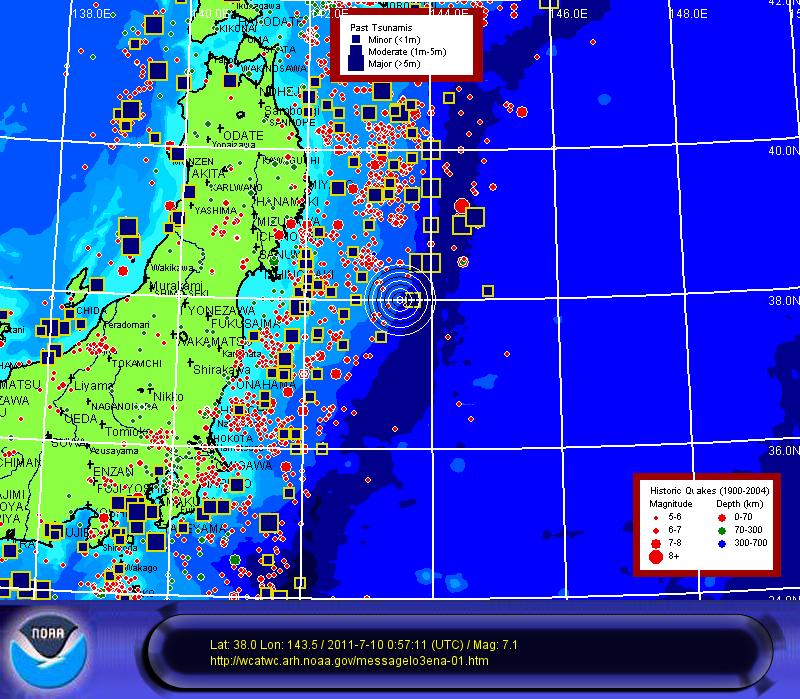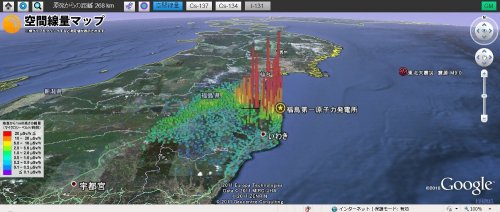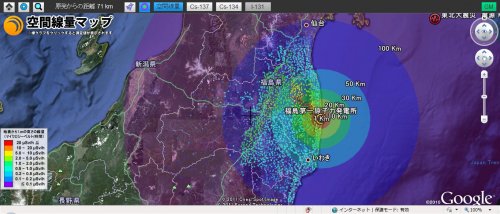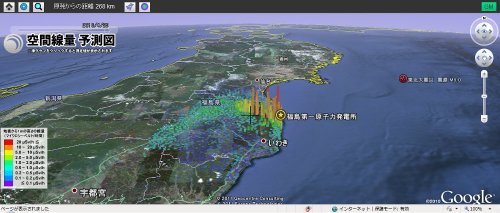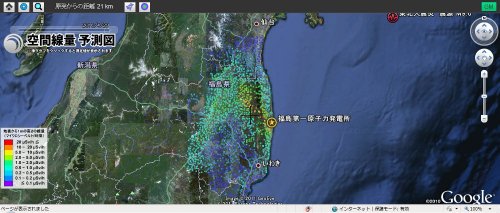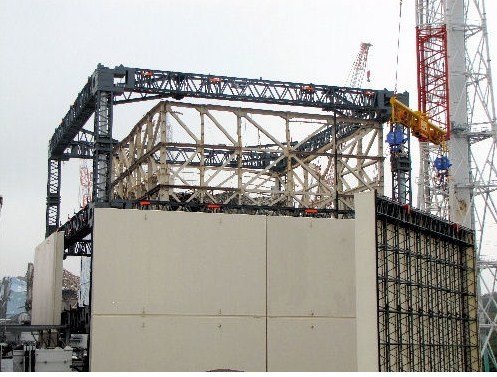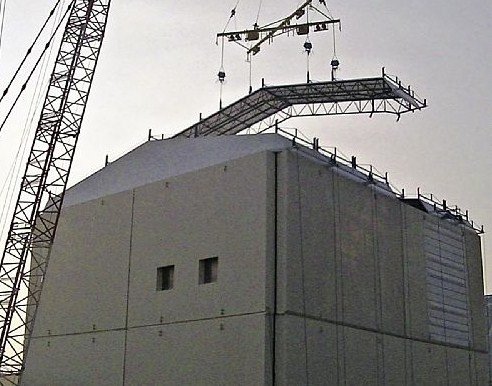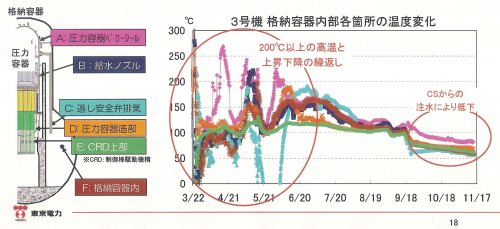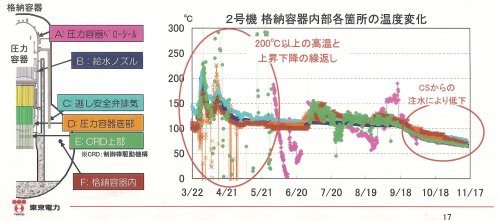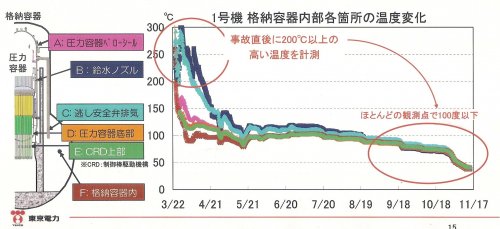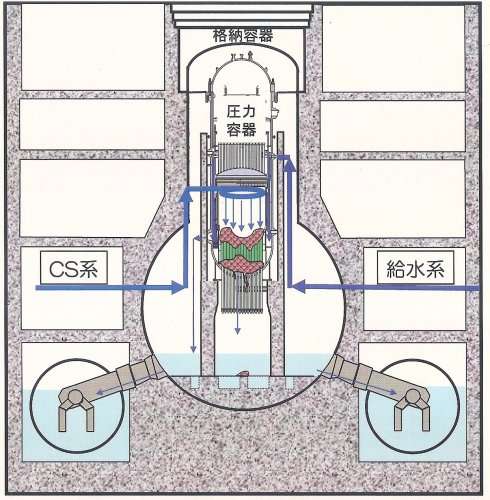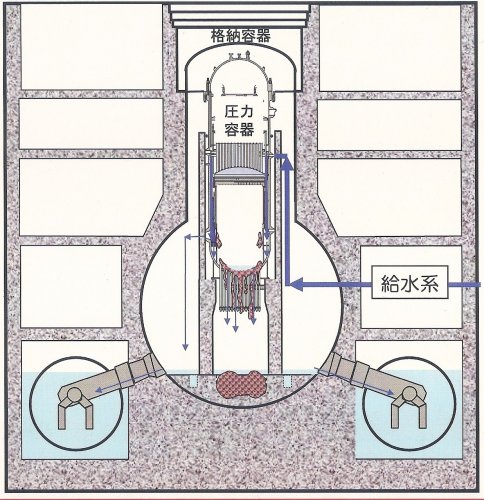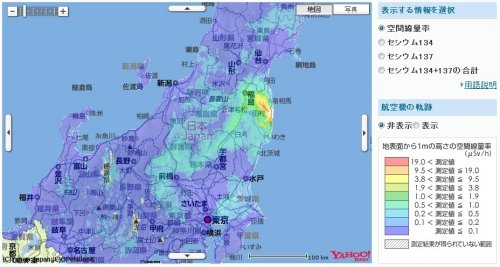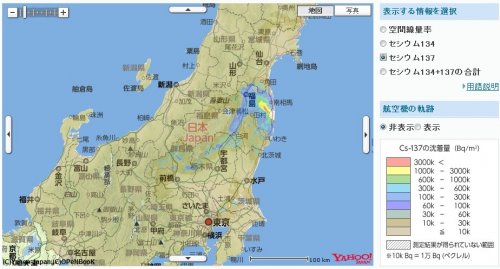- Joined
- 9 October 2009
- Messages
- 21,979
- Reaction score
- 13,647
This is a list of available Japanese robots under consideration for deployment to Fukushima as of early April, 2011. Note that there are some very interesting omissions from the list
Technology of Anti-Disaster Robotics (5) 2011.04.08
Robot Technology Currently Available in Japan
Hajime Asama, Professor, the University of Tokyo
There still does not exist such a versatile robot that it can move around obstacles such as rubble piles, protect oneself from radiation, gather information about one’s surroundings, handle multiple tasks, and so on. However, if we limit the purpose and range of use of robots, the following robots developed in Japan can be applied to the disaster relief at this time.
- Mobile rescue robot: “Quince”, “Kenaf”, “Kohga”, “Soryu”, “HELIOS”, etc. (MEXT*1, NEDO*2 – IRS, Tohoku University, China Institute of Technology, Kyoto University, Tokyo Institute of Technology, Osaka University, etc.)
- Unmanned construction system (MLIT – General contractors)
- Demolition robot (NEDO*2 – Hitachi Construction Machinery)
- Unmanned aerial vehicle (Yamaha, MEXT*2, etc.)
- Disaster monitoring robot (Mitsui Engineering & Shipbuilding)
- Disaster relief robot (Tokyo Fire Department, NRIFD, etc.)
- Rescue robot: “Enryu” (Tmsuk)
- Underwater robot (Tohoku University, University of Tokyo, Ritsumeikan University, etc.)
- Lunar robot (Tohoku University, JAXA, etc.)
- Active scope camera (Tohoku University)
Autonomous mobile robots developed in “Real World Robot Challenge” can be also utilized for monitoring surroundings. The robotics technologies useful for the nuclear accident and the disaster relief are also listed in the following link.
http://www.openrtm.org/robotcatalog/
(*1 MEXT: Special Project for Earthquake Disaster Mitigation in Urban Areas )
(*2 NEDO: Project for Strategic Development of Advanced Robotics Elemental Technologies)
http://roboticstaskforce.wordpress.com/english/technology-of-anti-disaster-robotics-5-2011-04-08/
Technology of Anti-Disaster Robotics (5) 2011.04.08
Robot Technology Currently Available in Japan
Hajime Asama, Professor, the University of Tokyo
There still does not exist such a versatile robot that it can move around obstacles such as rubble piles, protect oneself from radiation, gather information about one’s surroundings, handle multiple tasks, and so on. However, if we limit the purpose and range of use of robots, the following robots developed in Japan can be applied to the disaster relief at this time.
- Mobile rescue robot: “Quince”, “Kenaf”, “Kohga”, “Soryu”, “HELIOS”, etc. (MEXT*1, NEDO*2 – IRS, Tohoku University, China Institute of Technology, Kyoto University, Tokyo Institute of Technology, Osaka University, etc.)
- Unmanned construction system (MLIT – General contractors)
- Demolition robot (NEDO*2 – Hitachi Construction Machinery)
- Unmanned aerial vehicle (Yamaha, MEXT*2, etc.)
- Disaster monitoring robot (Mitsui Engineering & Shipbuilding)
- Disaster relief robot (Tokyo Fire Department, NRIFD, etc.)
- Rescue robot: “Enryu” (Tmsuk)
- Underwater robot (Tohoku University, University of Tokyo, Ritsumeikan University, etc.)
- Lunar robot (Tohoku University, JAXA, etc.)
- Active scope camera (Tohoku University)
Autonomous mobile robots developed in “Real World Robot Challenge” can be also utilized for monitoring surroundings. The robotics technologies useful for the nuclear accident and the disaster relief are also listed in the following link.
http://www.openrtm.org/robotcatalog/
(*1 MEXT: Special Project for Earthquake Disaster Mitigation in Urban Areas )
(*2 NEDO: Project for Strategic Development of Advanced Robotics Elemental Technologies)
http://roboticstaskforce.wordpress.com/english/technology-of-anti-disaster-robotics-5-2011-04-08/

